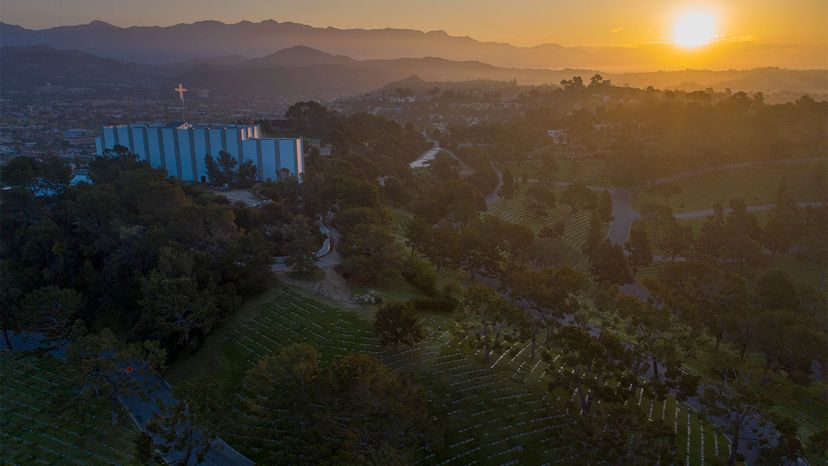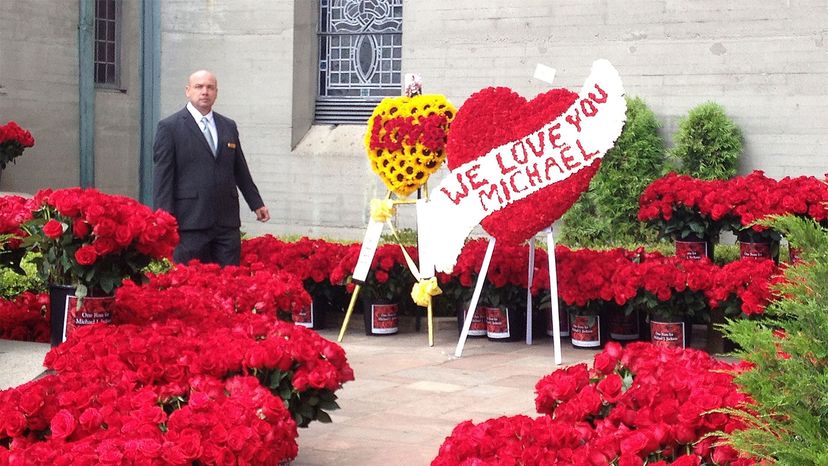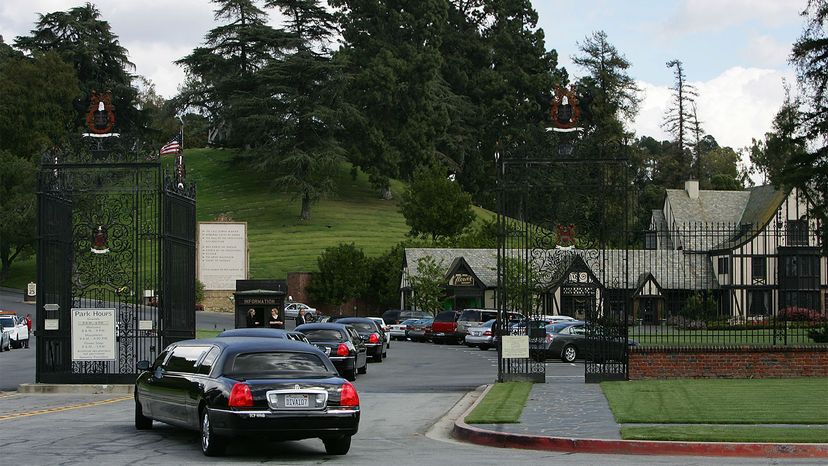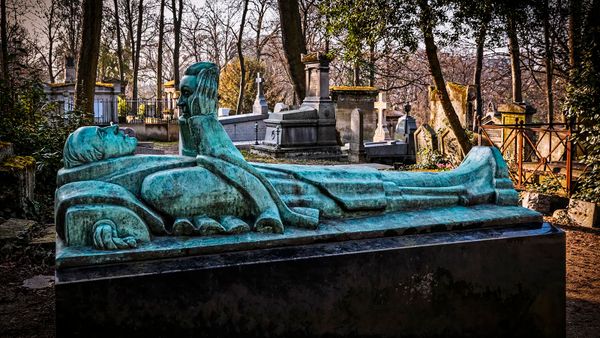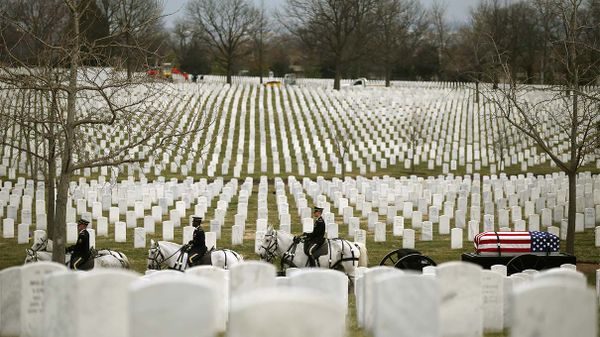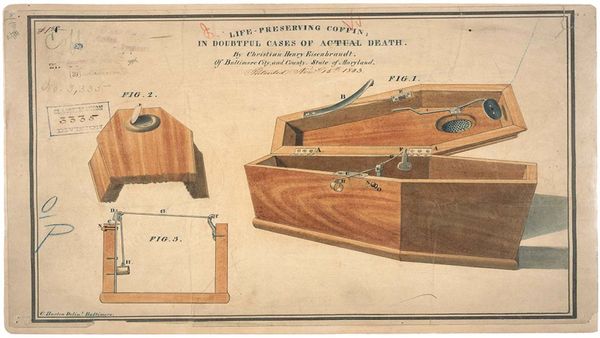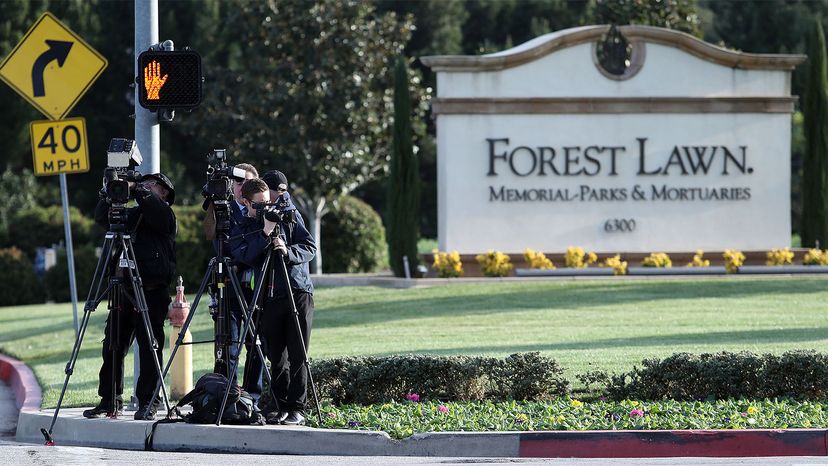
There are plaques scattered throughout Forest Lawn Memorial Park, in Glendale, California, that detail its creator’s vision. When Dr. Hubert Eaton took over the 300 acres (121 hectares) in 1917, he installed a massive stone tablet engraved with what he called “The Builder’s Dream and The Builder’s Creed.” It speaks of “a great park devoid of misshapen monuments and other signs of earthly death, but filled with towering trees, sweeping lawns, splashing fountains, beautiful statuary and memorial architecture.” The plaques are signed, “The Builder.”
"That's how we refer to Eaton – 'the Builder' – it's very grand," says James Fishburne, Ph.D., director of the Forest Lawn Museum. As is the place Eaton built: "You get that grand sense when you when you visit," Fishburne says. "There are rolling hills, stunning landscapes, mountain views, you can you can see the ocean in the distance. And then the art collection is also very grand."
Advertisement
Forest Lawn is a cemetery, but it's not like any burial place before it. While more than 300,000 people, including some of America's most famous names, are buried there, it also boasts gardens, churches, a huge mausoleum and an art museum.
It was designed, says Fishburne, "so it didn't feel like a place of death and decay, but rather a celebration of life, a place you would want to visit."
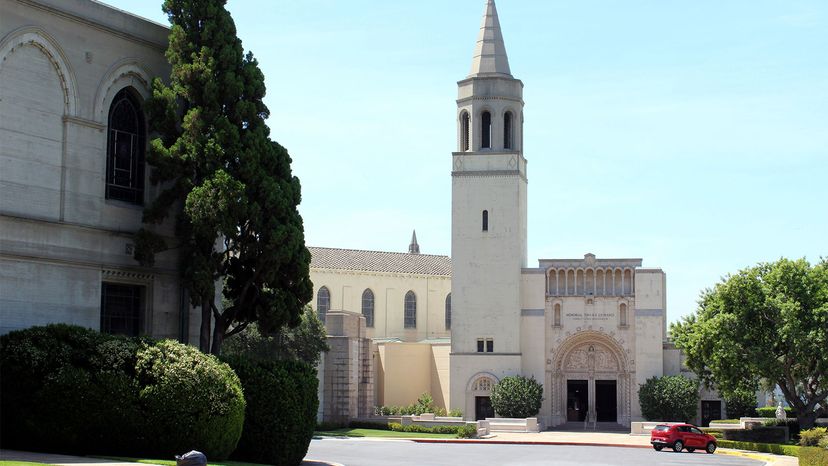
Advertisement
